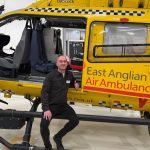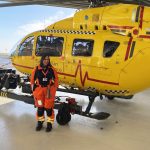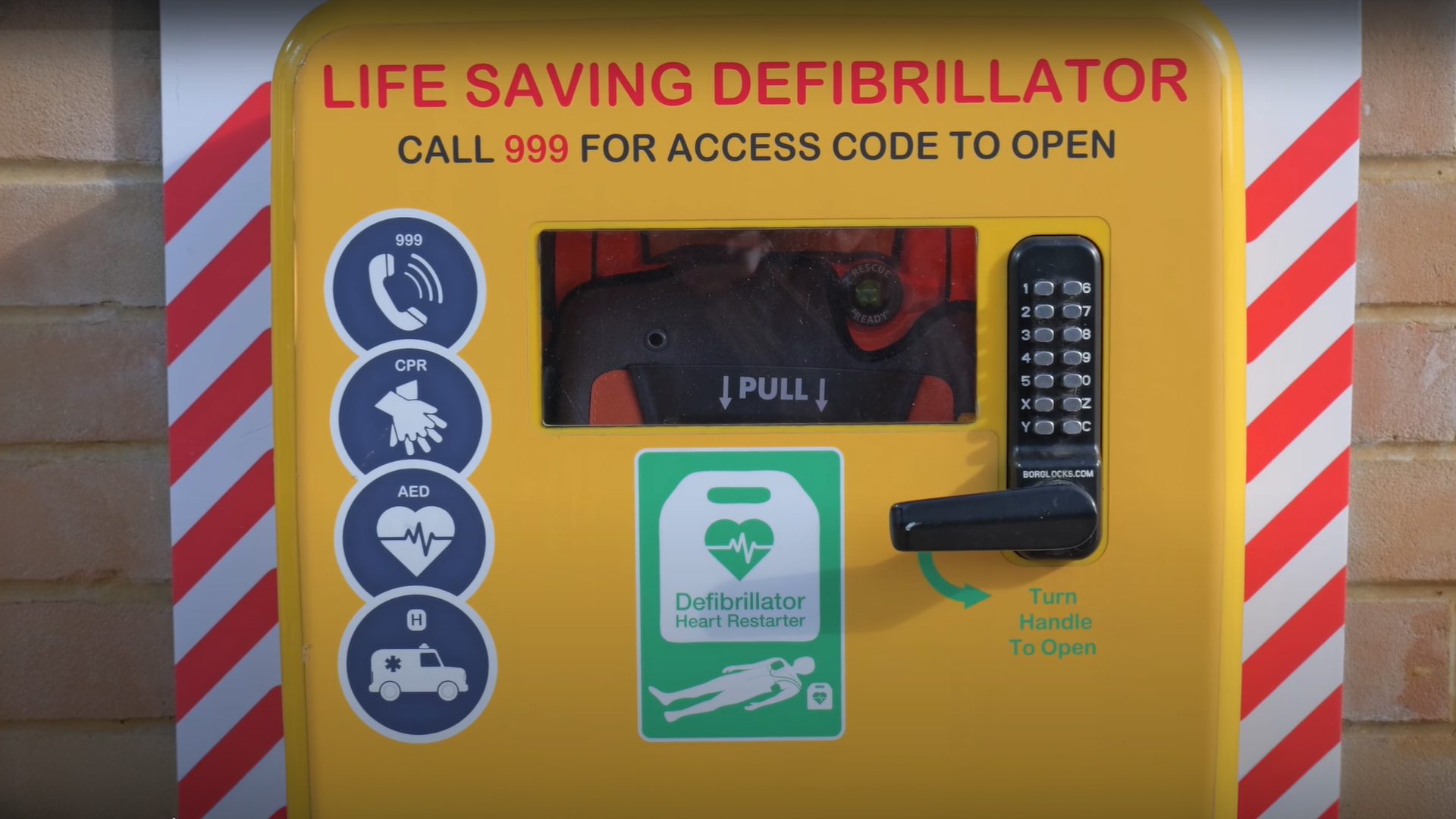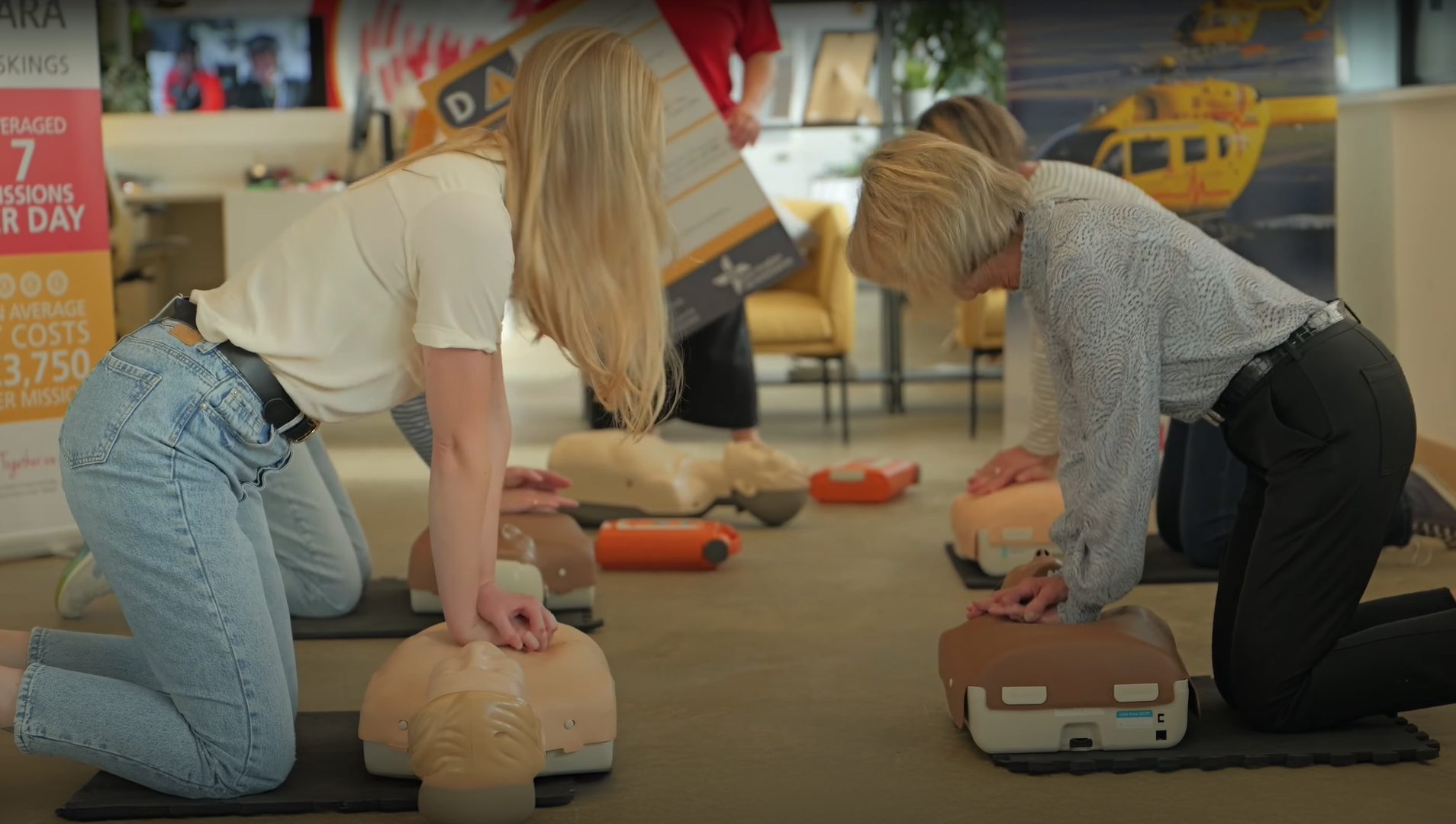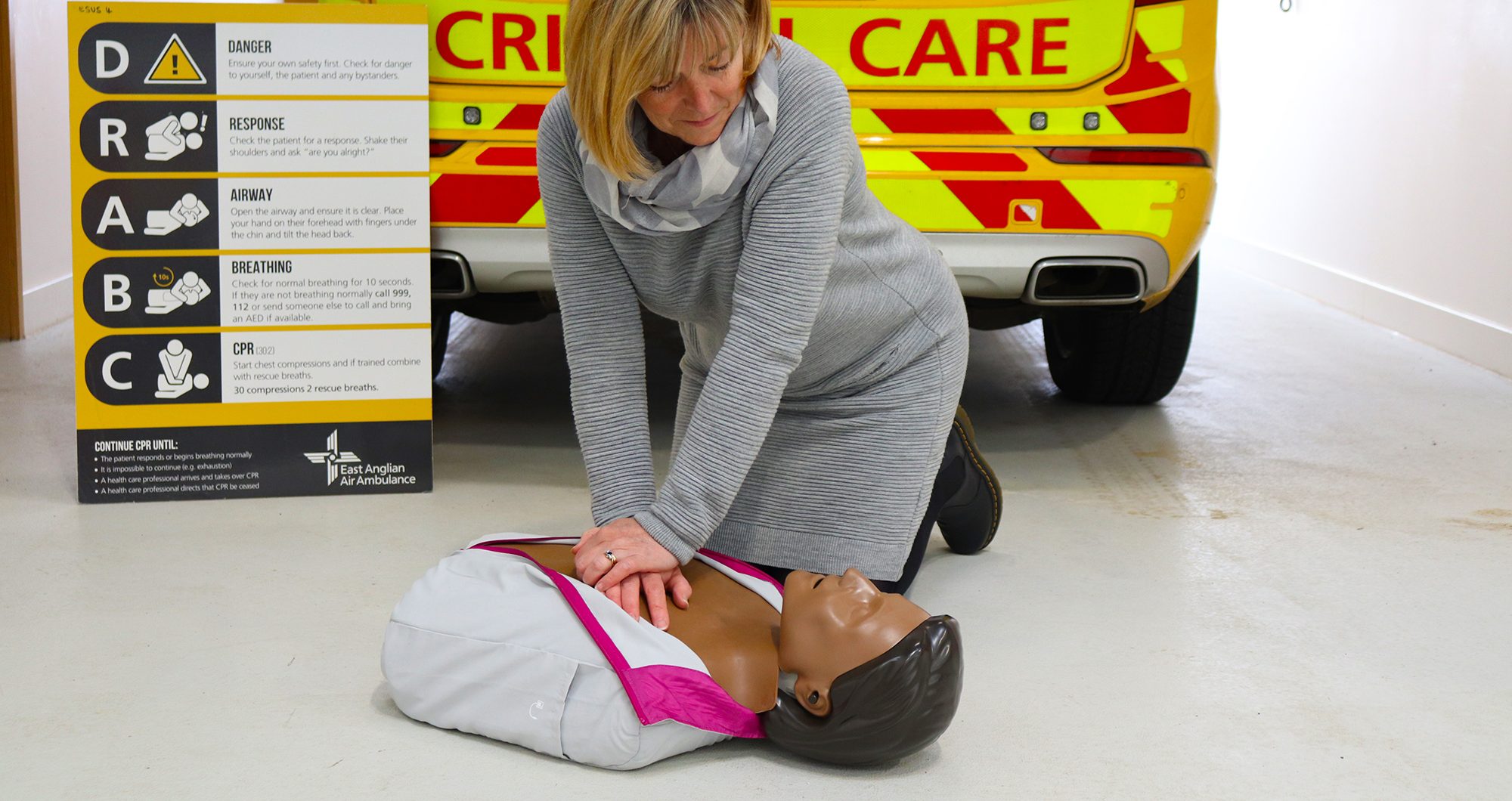10 Oct 2024
Remove a bra during CPR: Tackling the taboo
It’s a question we are often asked by members of the public in our CPR training sessions: Should a patient’s bra be removed when a defibrillator is used? The answer is yes. And in this article, we will explain why.
Cardiac arrest and AEDs
Almost one in four of the medical emergencies attended by EAAA are cardiac arrests. These are life-threatening incidents, where bystander CPR and AED (Automated External Defibrillator, or ‘Defib’) use can make a life-saving difference – and it’s vital that nothing prevents a bystander(s) from stepping in to help and starting the chain of survival as soon as possible, before the emergency services arrive.
An AED analyses the heart for an irregular rhythm and, if necessary, administers a shock to correct it. It is very simple to use; the AED talks the user through the process, which includes placing the adhesive pads of the AED firmly to the bare chest of the patient.
Community CPR Training Manager, Josh Lawrence, explains, “For an AED to deliver a shock effectively, the pads must be positioned correctly and have full contact with the skin. It is vital that nothing prevents a defibrillator from delivering an effective shock.”
Research published in the European Heart Journal in May 2019 found that 68% of women are likely to receive bystander CPR, compared to 73% of men.
At EAAA, we want to ensure that there are no inequalities when it comes to life-saving skills. By encouraging the conversation about AEDs and breasts, we hope to break down any barriers to women receiving CPR and shocks from a defibrillator, because of uncertainty or embarrassment about what should be done in terms of clothing removal and AED pads placement.
Removing a bra can save a life
In the moments after a cardiac arrest, every second counts. Nothing is higher priority than saving a life. This means that, if a patient is wearing a bra, it should be removed for an AED to deliver an effective shock.
Removal of a bra means fabric will not get in the way of the AED pads. It will eliminate the risk of wire in the bra redirecting the shock away from the heart, and of further injury caused by an AED shock passing through a bra underwire.
When a bra is removed, a patient’s breasts may naturally fall to the side. You may need to respectfully ‘scoop and lift’ to correctly position an AED pad on the left side of the ribcage.
Images above (L-R) 1. Bra being removed, 2) Defibrillator pads being placed, 3) Bra laid back over the top to preserve patient’s dignity
Dignity and respect
When in cardiac arrest, a patient will be unconscious, unresponsive and critically unwell. Acting promptly by shouting for help, calling 999 and stepping in to start the chain of survival by performing CPR and using an AED is vital.
There are ways to provide a cardiac arrest patient with dignity during these moments, which can be frightening and chaotic. These include cutting the patient’s clothing at the side and top so it can be laid back over them once the AED pads are correctly in place. Other bystanders can also be directed to form a circle around the patient, shielding them from view if in a public space.
We are sometimes asked about consent during our CPR training sessions. More information about this when performing life-saving acts is given in the Responsibility and Heroism Act 2015 (SARAH 15).
Education and building confidence
Jenny Legg, Founder and CEO of ‘Bra off, Defib on’ (BODO) is striving to tackle the taboo. BODO aims to empower everybody in our communities to step in and have the confidence to perform CPR and use an AED effectively on anyone in cardiac arrest, so women have the same chances of survival as men.
Having been a trainer for many years, Jenny felt that the subject of using an AED on a patient with breasts wasn’t being talked about enough. She introduced CPR training sessions which include CPR mannequins with breasts, and a section which covers the removal of clothing, including bras.
“The issue for some bystanders is confidence and not knowing what to do,” Jenny explains. “Concerns about breasts can be an additional barrier. Gender shouldn’t matter, yet there is this imbalance which, through training, we can address.”
BODO’s mission is clear: They educate men and women on the importance of using a defibrillator safely and to encourage them to remove the bra in an emergency to increase the chances of survival.
“Education is key,” Jenny continues. “We need people to understand how AEDs work, how simple they are to use and to remove the taboo surrounding AEDs and breasts. Defibrillator locations and how to use them need to become everyday language.”
EAAA’s Josh Lawrence says, “By inviting conversations in CPR training rooms we can reinforce messages and build confidence. This means anyone in cardiac arrest can receive vital help from bystanders, without delay.”
Josh adds, “EAAA’s free one hour CPR and AED training sessions are relaxed and informal. By being open and honest we can keep the dialogue going and break the breast taboo.”
EAAA aims to train 20,000 every year in life-saving CPR and to feel confident in using an AED. Our free one-hour training sessions walk people through the steps to take should they need to perform bystander CPR.
